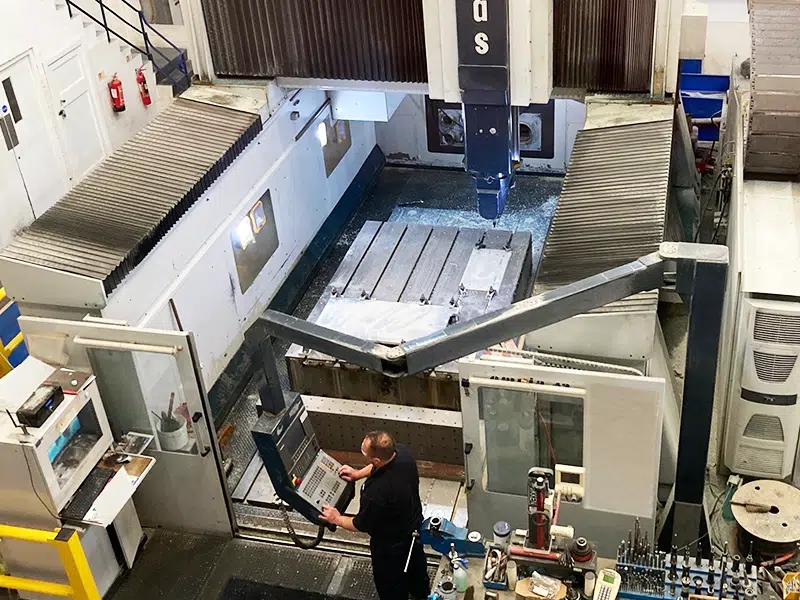
Ceramic coating has become a popular choice for protecting and enhancing the appearance of various surfaces, from automotive paint to industrial equipment. The benefits of ceramic coating are numerous, including superior protection against scratches, UV rays, and chemical contaminants, as well as a long-lasting glossy finish. To truly understand the power of ceramic coating, let's take a virtual tour of a state-of-the-art facility where this innovative technology is applied.
The Science Behind Ceramic Coating
Before we delve into the facility tour, let's explore the science behind ceramic coating. Ceramic coating is a liquid polymer that chemically bonds with the surface it is applied to, creating a semi-permanent layer of protection. This layer is hydrophobic, meaning it repels water and prevents contaminants from sticking to the surface. Additionally, ceramic coatings are heat-resistant and can withstand extreme temperatures, making them ideal for a variety of applications.
Key Benefits of Ceramic Coating:
- Enhanced durability and protection
- Superior scratch resistance
- UV ray protection to prevent fading
- Chemical resistance against contaminants
- Easy maintenance and cleaning
Facility Tour: Where the Magic Happens
Now, let's step inside a cutting-edge facility where ceramic coating is applied to various surfaces to experience firsthand the process and precision involved in unleashing the full potential of this advanced technology.
State-of-the-Art Application Process
As you enter the facility, you are greeted by a team of skilled technicians who are well-versed in the art of ceramic coating. The application process begins with thorough surface preparation to ensure that the coating adheres properly and provides optimal protection.
High-Precision Application Equipment
The facility is equipped with state-of-the-art application equipment, including spray guns and detailing tools, that enable the technicians to apply the ceramic coating with unparalleled precision. This level of precision ensures a flawless finish and maximum coverage on the surface being treated.
Quality Control and Inspection
Quality control is a top priority in the facility, with stringent inspection processes in place to ensure that each surface receives the proper coating thickness and coverage. Technicians meticulously inspect the coated surfaces to identify any imperfections and make necessary adjustments for a flawless result.
Applications of Ceramic Coating
Now that you have seen the meticulous process involved in applying ceramic coating, let's explore the wide range of applications where this advanced technology can be utilized to unleash its full potential.
Automotive Industry
- Protection and enhancement of automotive paint
- Prevention of scratches and swirl marks
- UV ray protection to maintain color vibrancy
- Easy maintenance and cleaning for a showroom finish
Marine Industry
- Protection of boat hulls against saltwater and UV rays
- Resistance to marine growth and staining
- Enhanced hydrodynamics for improved speed and fuel efficiency
Industrial Applications
- Protection of industrial equipment and machinery
- Resistance to corrosion and chemical contaminants
- Extended lifespan of equipment for cost savings
Conclusion
After experiencing the facility tour and gaining insight into the science and applications of ceramic coating, it is clear that this innovative technology offers a multitude of benefits for protecting and enhancing various surfaces. From automotive paint to industrial equipment, ceramic coating provides superior protection, durability, and a long-lasting glossy finish that is unmatched by traditional methods. By unleashing the power of ceramic coating, you can ensure that your surfaces remain in pristine condition for years to come.








